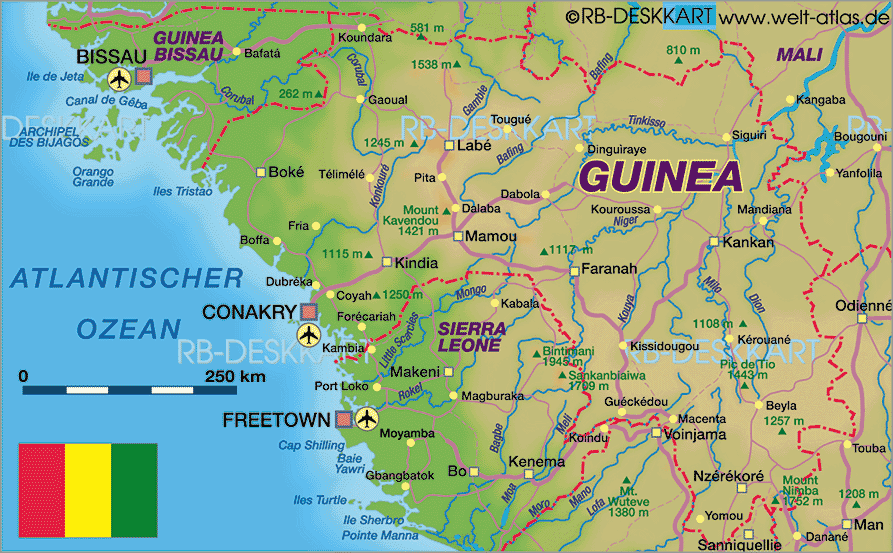Coucou is a song, dance and rhythm project from West Africa. The Sussu (Soussou) people, which dance the Coucou, live along the atlantic coast of Guinea, Guinea-Bissau, in Senegal and in The Gambia.
You will find several sources and informations about different types of this rhythm package and about its origin. The groups, who feel connected to this form of expression are
- the village people of Dakonta, closed to the village Boké (Guinea);
- the Konianke people. This dance is played in the forest region of Guinea, near Beyla . It is used for the celebration of the harvest and any other joyous occasions. Traditionally the basic rhythmpatterns of Coucou Konianke are played on djembes, while the solo is played on a larger, lower tuned djembe.
- the Koniagi people, who play and perform it for the end of the harvest festivities and during celebration festivities. It is played only on the djembe, as the dundun does not exist in this region. Two small drums are added to the sides of the soloist's djembe. The whole is called a three headed drum. Another drummer keeps up an accompaniment on a small djembe. Coming from Guinea, the Coucou has been modified and adapted with dundun and djembe solos for the National Ballet Company of Senegal;
According to our informants and drum teachers at the Boucarabou Compound Guesthouse and Culture Center in The Gambia on a field research trip in April 1996 the generalised answer was: the Coucou
"...was danced by young girls around a tree in the middle of a village, which is a spiritual center. The people used to pray with this dance for rain, fertility and a rich harvest".
Basic background informations
